 FINAL TEST
FINAL TEST REVISION
REVISION UNIT 15: AT THE BEACH
UNIT 15: AT THE BEACH UNIT 14: HAPPY BIRTHDAY!
UNIT 14: HAPPY BIRTHDAY! UNIT 13: GOING TO THE ZOO
UNIT 13: GOING TO THE ZOO UNIT 12: MY GRANDPARENTS
UNIT 12: MY GRANDPARENTS UNIT 11: IN THE STREET
UNIT 11: IN THE STREET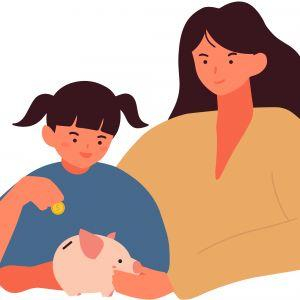 UNIT 10: YOUR DAY
UNIT 10: YOUR DAY UNIT 9: MY HOBBIES
UNIT 9: MY HOBBIES UNIT 8: IN THE PLAYGROUND
UNIT 8: IN THE PLAYGROUND UNIT 7: WE LOVE SCHOOL
UNIT 7: WE LOVE SCHOOL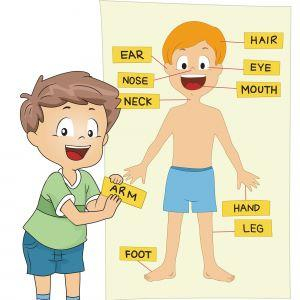 UNIT 6: LOOK AT US!
UNIT 6: LOOK AT US! UNIT 5: I LIKE CLOTHES
UNIT 5: I LIKE CLOTHES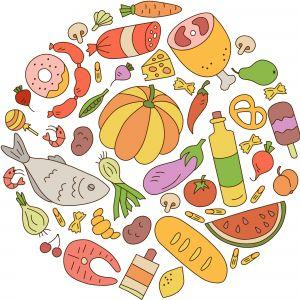 UNIT 4: FOODS
UNIT 4: FOODS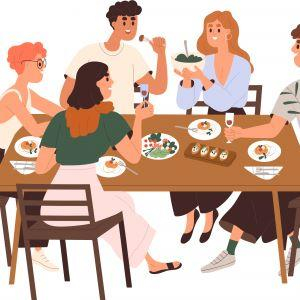 UNIT 3: FAMILY & FRIENDS
UNIT 3: FAMILY & FRIENDS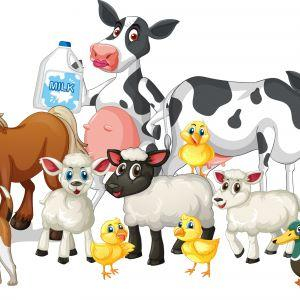 UNIT 2: AT HOME
UNIT 2: AT HOME UNIT 1: I LOVE ANIMALSChủ đề
UNIT 1: I LOVE ANIMALSChủ đề
(Hiểu và thực hành đóng vai theo câu chuyện)
(Hỏi đáp về thức ăn và buổi ăn)
(Luyện tập Nghe những thông tin cụ thể)
Look closely at the picture, click on the sign (+) and read the word. After finishing all the words, read the words one more time
We can use “Would you like” when you want to make a polite offer or invite someone to do something. It is also used to ask about someone’s dream or desire politely.
For example:
Would you like ____[n]? - Yes, please / No, thank you
- Yes, please
- No, thank you
Note: Suggest some ways to accept and refused the offer
Accept the offer (Chấp nhận đề nghị)
Refused the offer (Từ chối đề nghị)
TÀI NGUYÊN THAM KHẢO
Practice more at home
Listen and answer the question
Practice more at home
Review Vocabulary
Listen and answer the question
Practice more at home